Flight of the Banana Turtle
Table of Contents
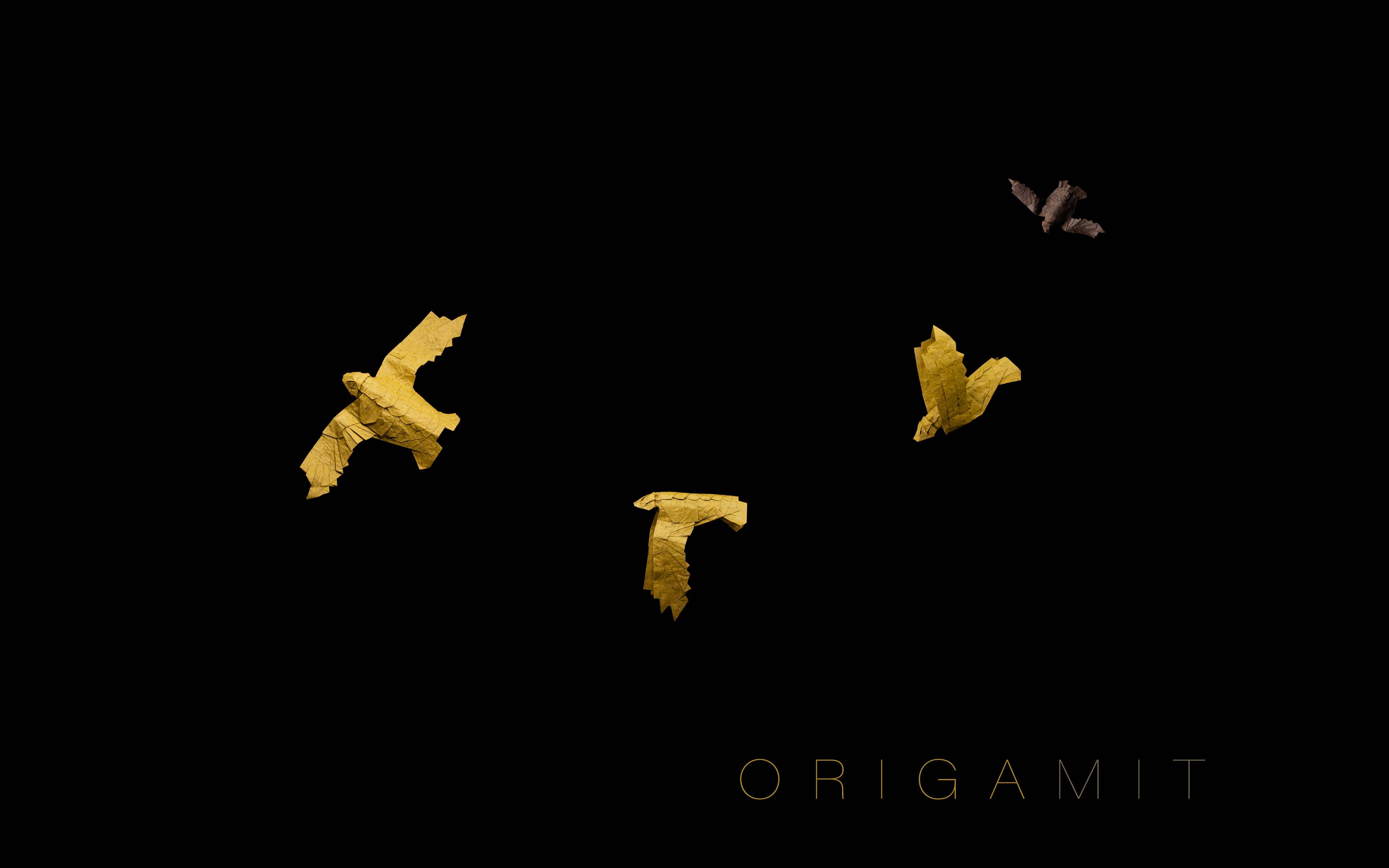
The Banana Turtle
In 2021, after a period of inactivity due to the pandemic, our team of first and second year officers looked for ways to enrich MIT’s culture with origami presence once again. Beyond continuing OrigaMIT’s weekly gatherings, we hosted a workshop in IAP of 2022 to teach a complex origami flying turtle. The hope was to attract experienced origami enthusiasts within the MIT community and nurture passion in others discovering it for the first time (and we did!) After building up momentum with the IAP class, we took it a step further and designed a composition of them that is displayed on the MIT campus!
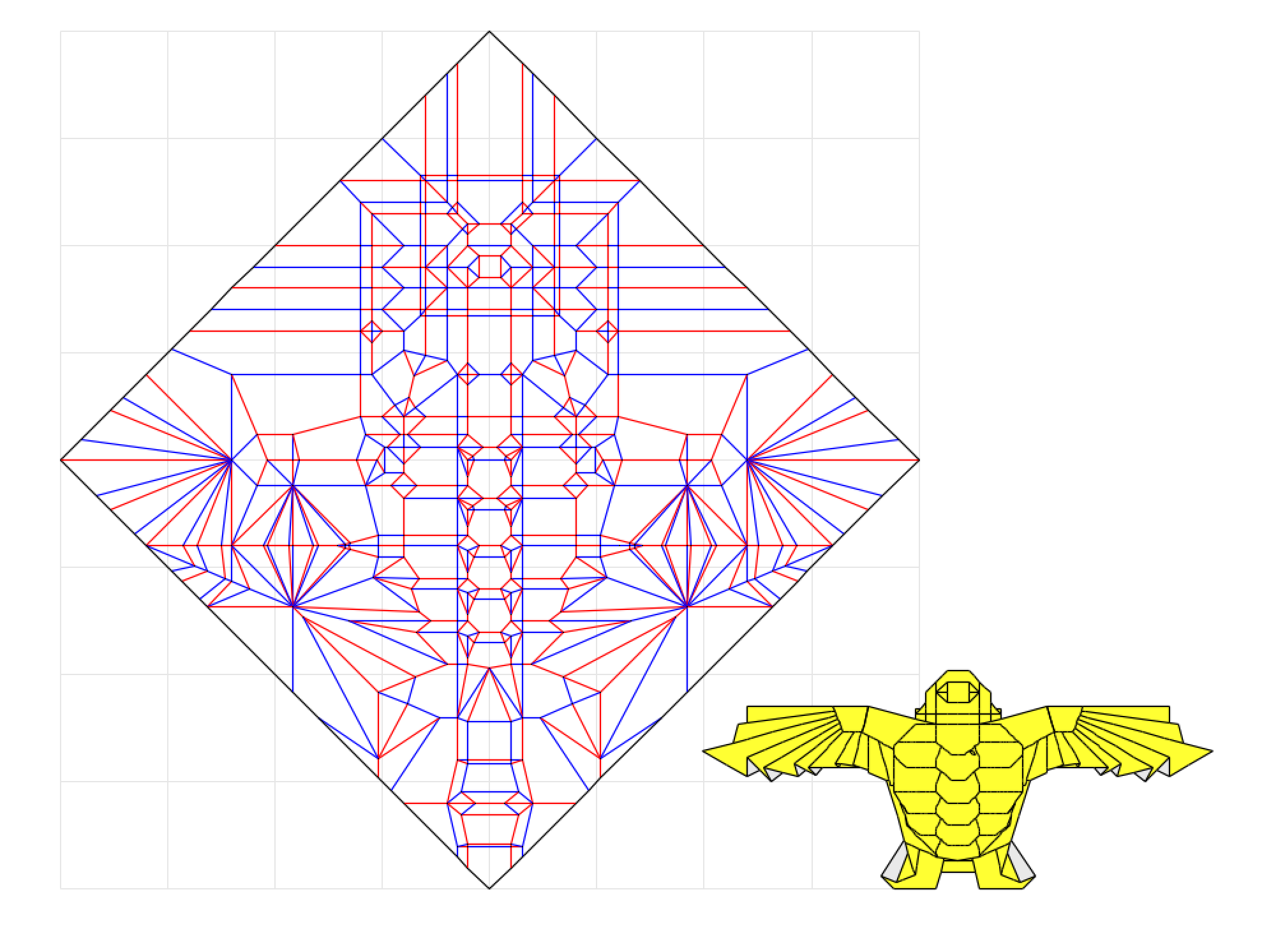
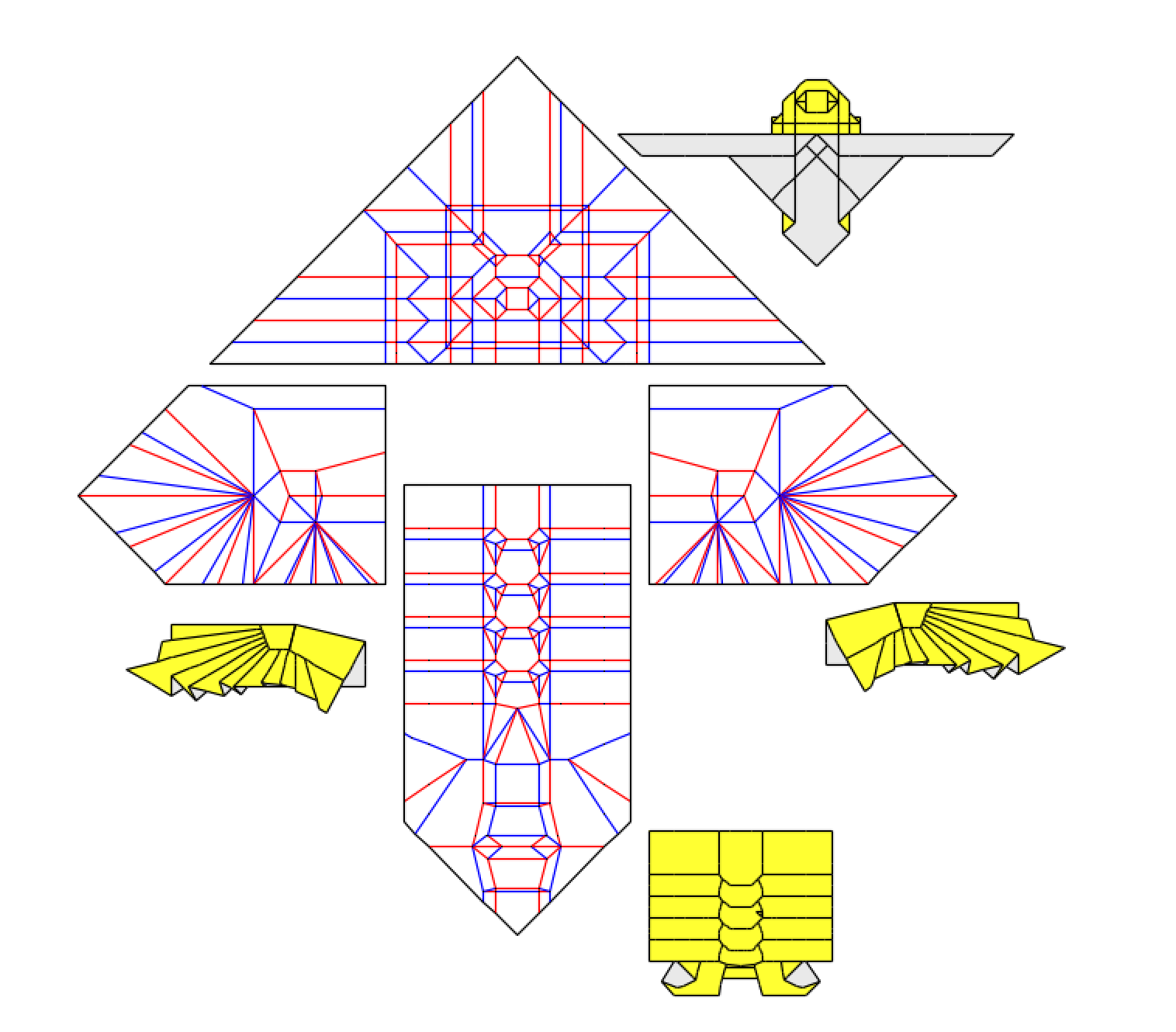
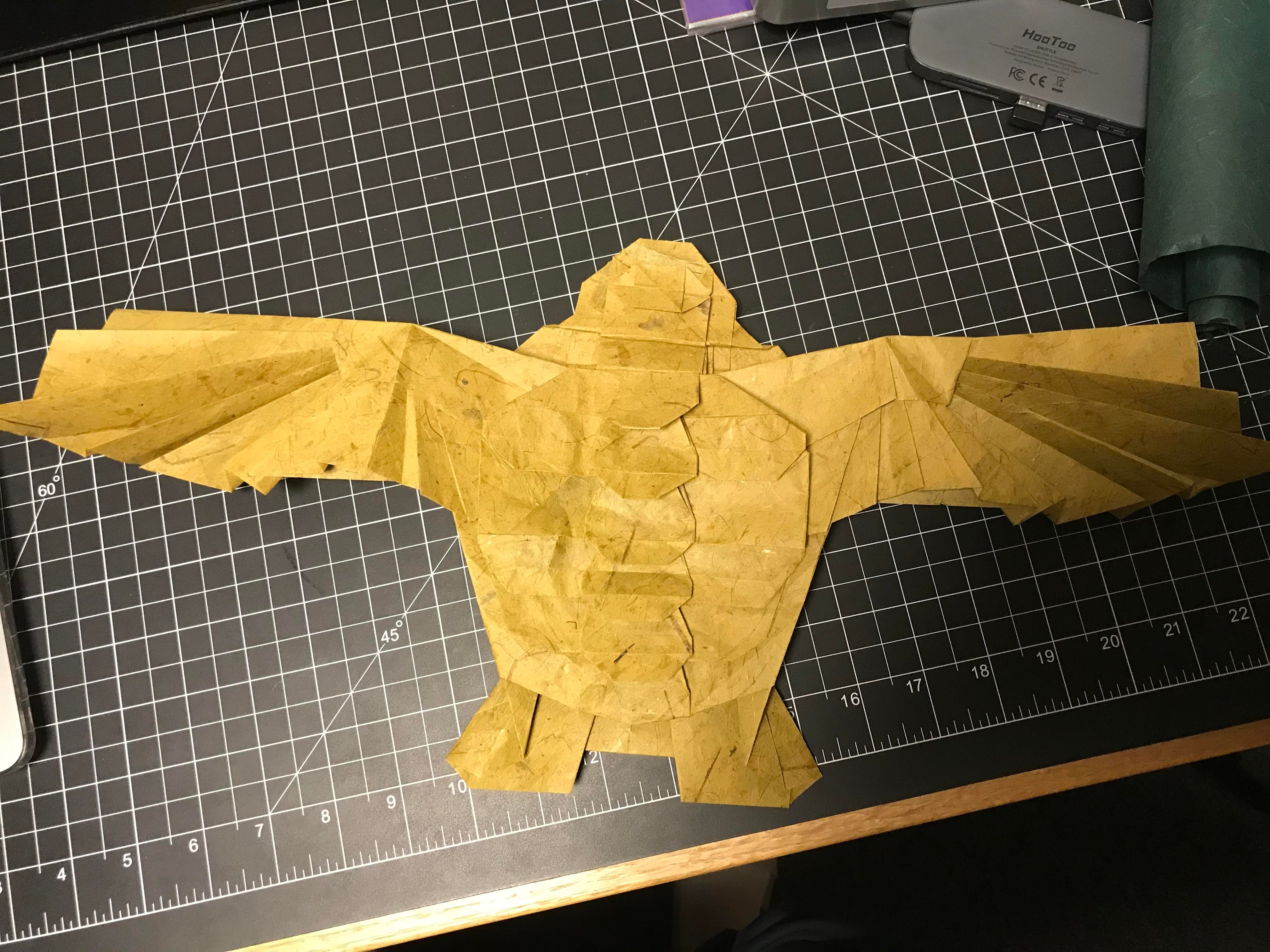
The Flying Turtle Model
The origami flying turtle was designed by Andy Dequin over the course of fall 2021, with adjustments made to design details during the following winter term. The model blends design techniques in an efficient yet simplistic aesthetic. By incorporating a variety of origami design techniques, the model acts as an introduction into the world of complex origami: basic folds like the swivel fold and reverse fold, wings based on 22.5 degrees constructions, standard box pleating techniques, pleat manipulations for an irregular shell pattern, and complex transitions to bring all of it together. It was originally inspired by artist Yuumei’s flying turtle artworks.
This model was taught over IAP 2022 using these instructions (precreasing not included)
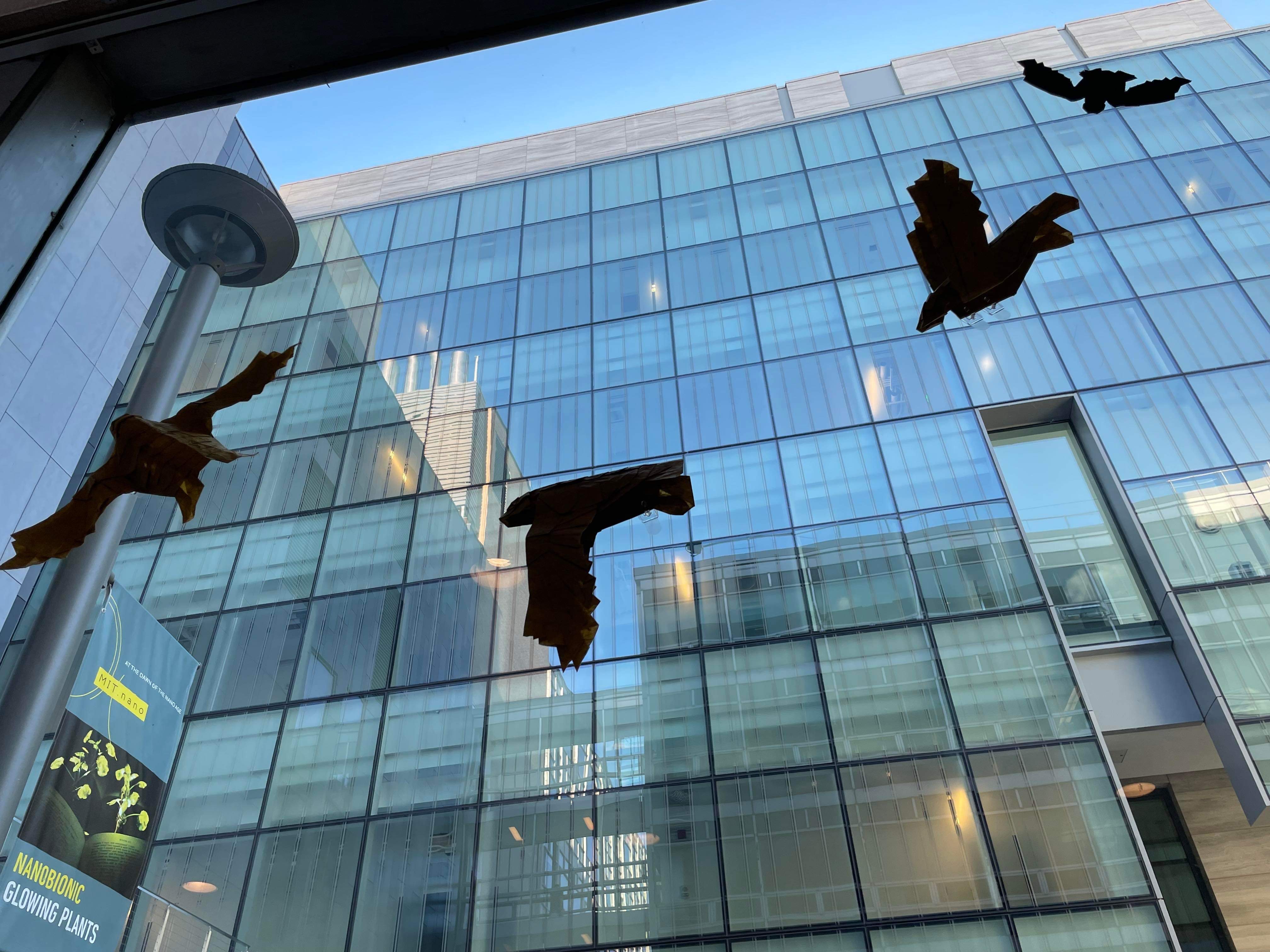
The Banana Turtle’s Composition
Why the Banana Lounge? The space prominently features dreamlike, whimsical artworks, providing the perfect place to display our flying turtles. After playing around with some sketches, we stumbled on an idea of a nose diving turtle progression, the overall form of which was reminiscent of a banana.
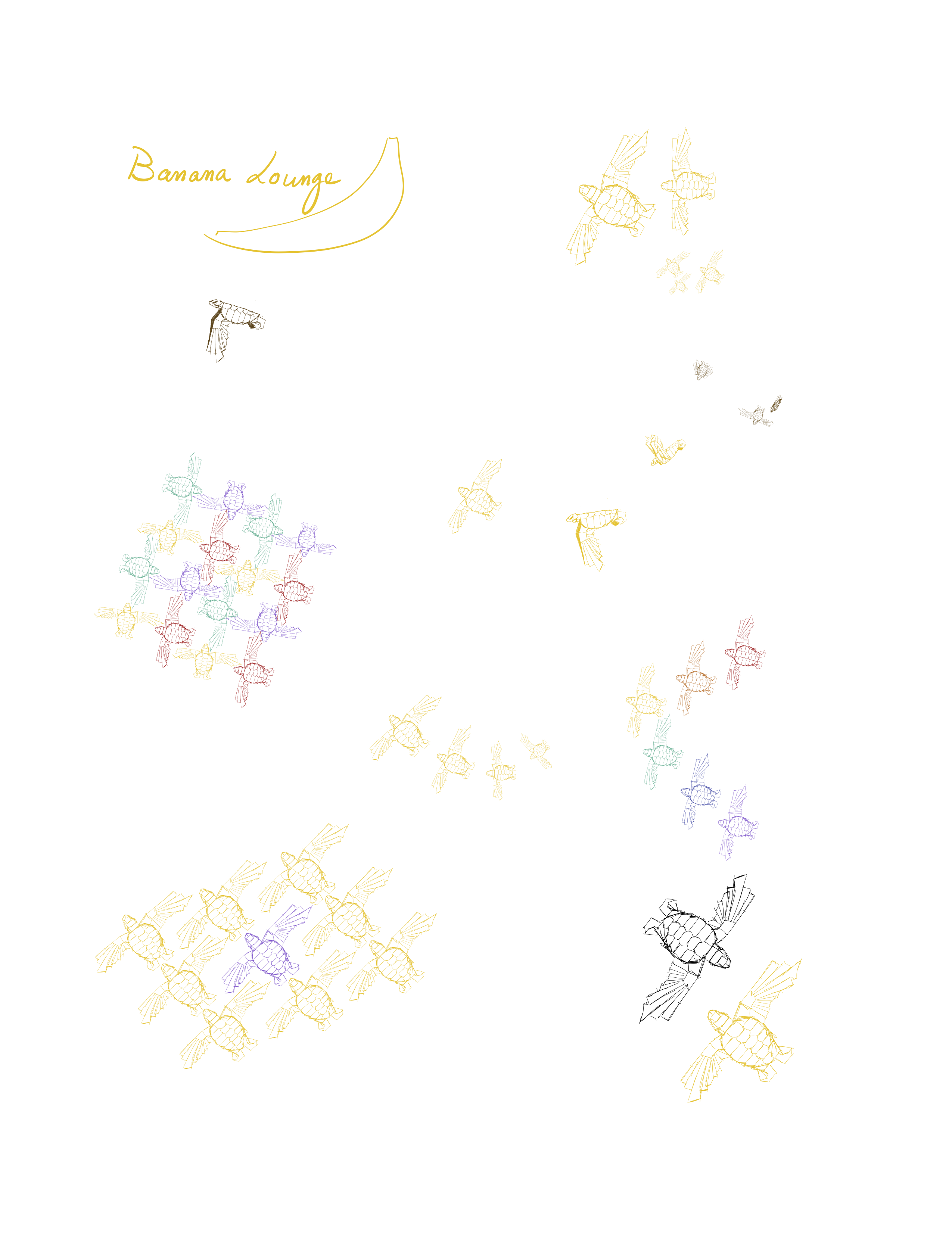
Banana Paper
Unryu is usually the go-to for similar projects as it looks beautiful backlit. But what about banana paper, paper from the banana plant? In the end, we used 60x60cm yellow Thai banana paper for the three big turtles and 30x30cm deep brown Thai banana paper for the brown turtle.
Exotic paper like banana paper generally requires treatment with a sizing material like Methyl Cellulose, which allows it to hold a crease. To prevent warping, the sheet dries while stuck on a flat surface like a table or a window. The banana paper for these turtles was treated on MacGregor House’s plentiful windows.
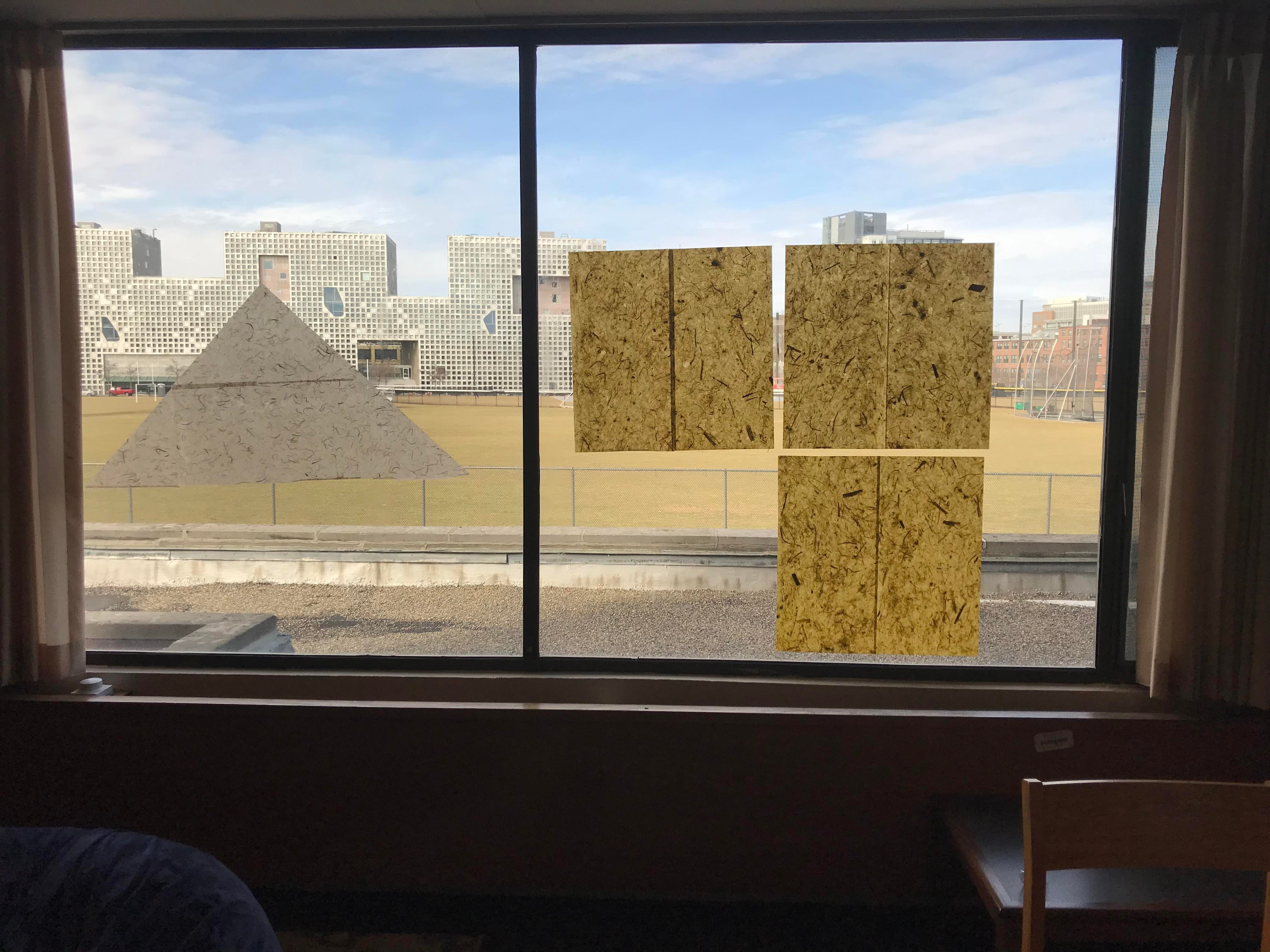
Origami and Machine Scoring
Since the model has a complicated crease pattern, we’ve experimented with using computer controlled machines to score the pattern for us. Although this sounds like a wonderful way to get accurate folds and save time, the time to cut and align the paper, test vinyl cutter settings, transcribe the svg file to machine instructions, and the actual scoring time takes about as long if not longer than folding by hand, not to mention the added size restriction and often breaking of the sheets due to high pressure settings. To get around the size restriction of 30x60cm trays for the vinyl cutter, we separately scored two halves of the crease pattern then merged the sheets using methylcellulose (MC) in a way similar to the sizing process, in order to get 60cm precreased squares.
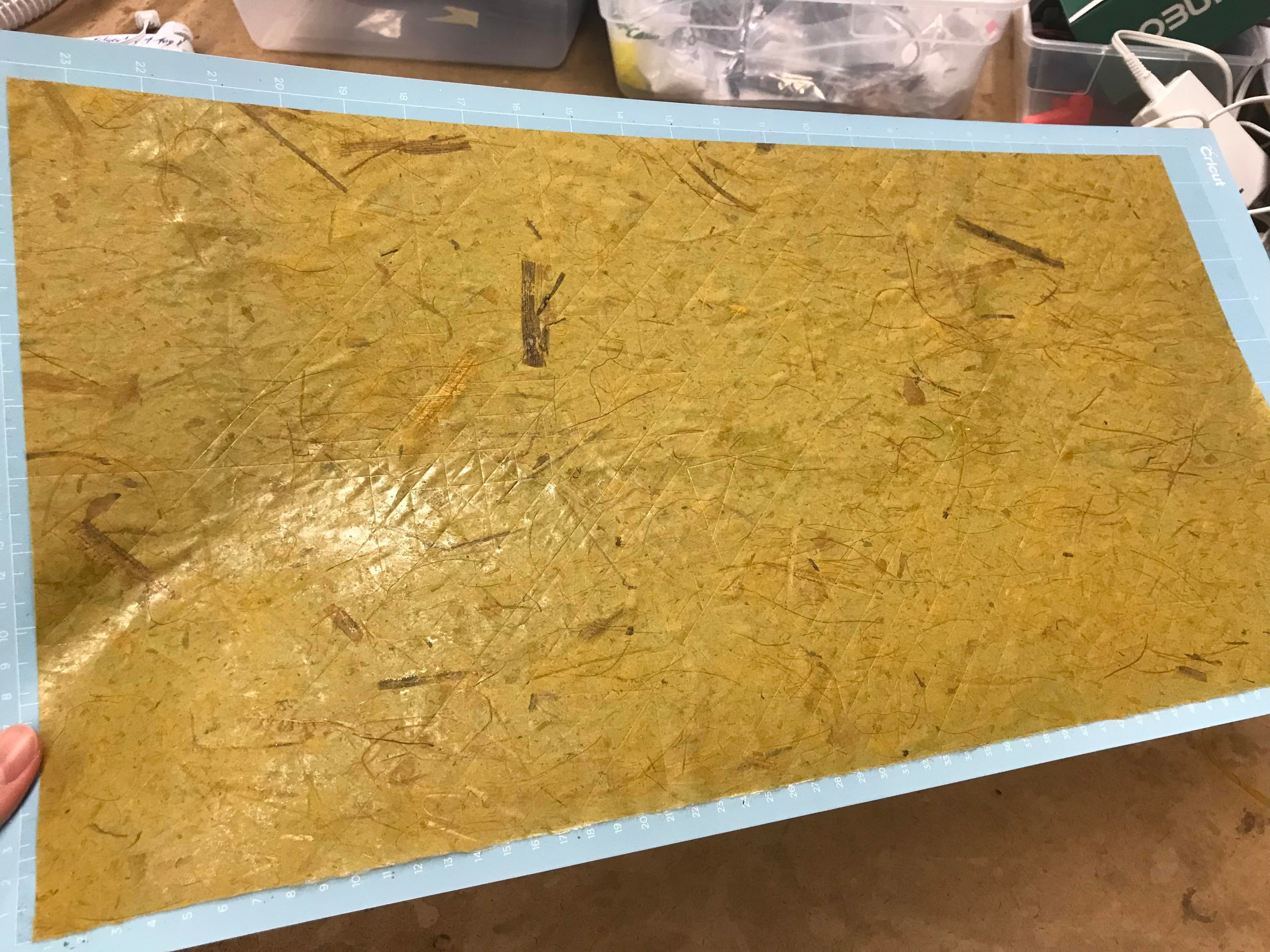
Time Estimate Summary
- Designing Turtle: 30+ hours
- Creating instructions: 30+ hours
- Machine Testing: 10+ hours
- Composition: 3h (over time)
- Treating paper: 3h
- Preparing paper for scoring: 3h (includes cutting and aligning tracing paper buffer)
- Scoring time: 3h (~25min each rectangle)
- Gluing rectangles into 1 square: 2h
- Folding process: 20h (5h each)
- Shaping process: 4h
- Photography + editing: 3h
- Installation process: 3h
- Overall: 100+ hours

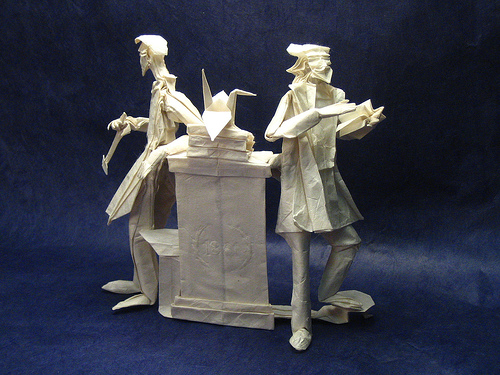
The OrigaMIT logo is a stylicization of Typeset, an origami font designed by Jason Ku '09. Top photo depicts Tim the Beaver V2 by Michelle Fung '13. Bottom photo depicts Mens et Manus II, copyright 2007 Brian Chan '02.

 Home
Home Projects
Projects Gallery
Gallery Sales
Sales Convention
Convention Members
Members Events
Events Links
Links